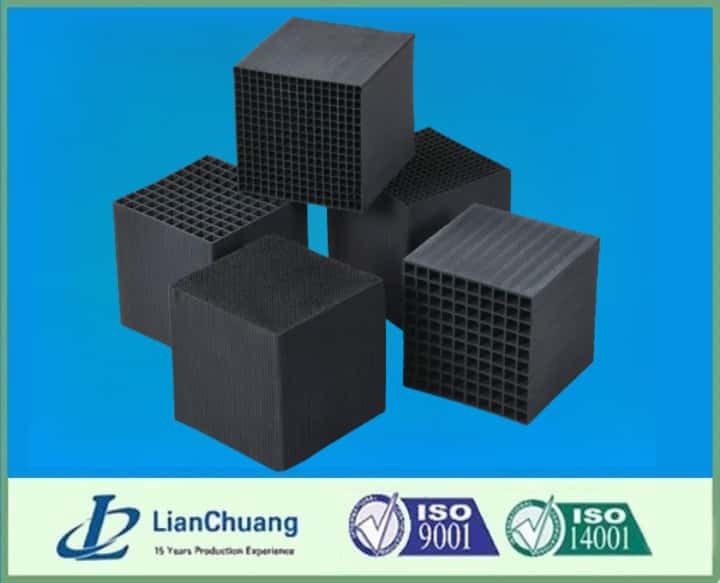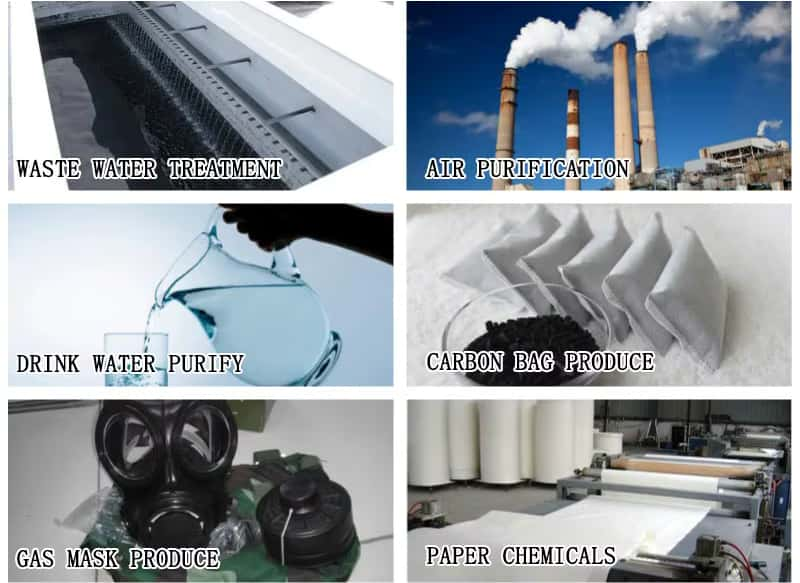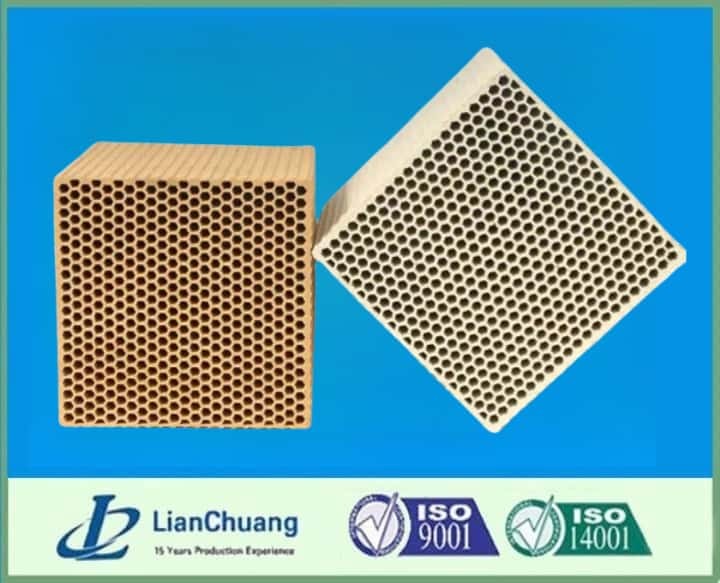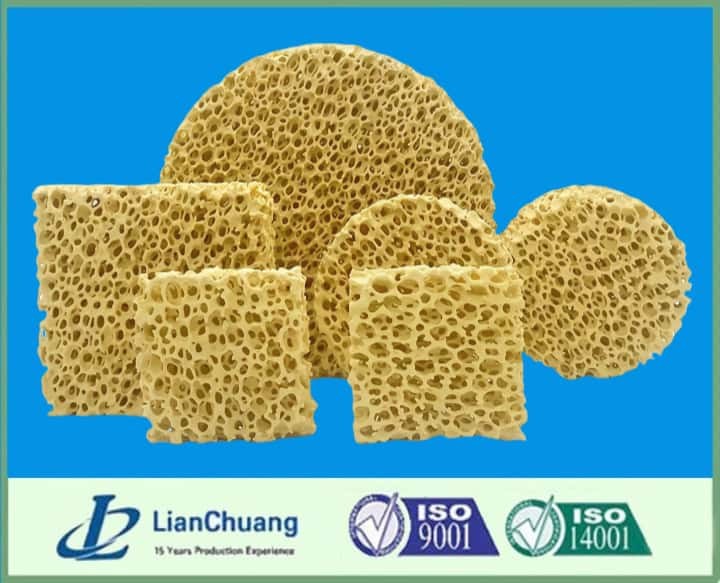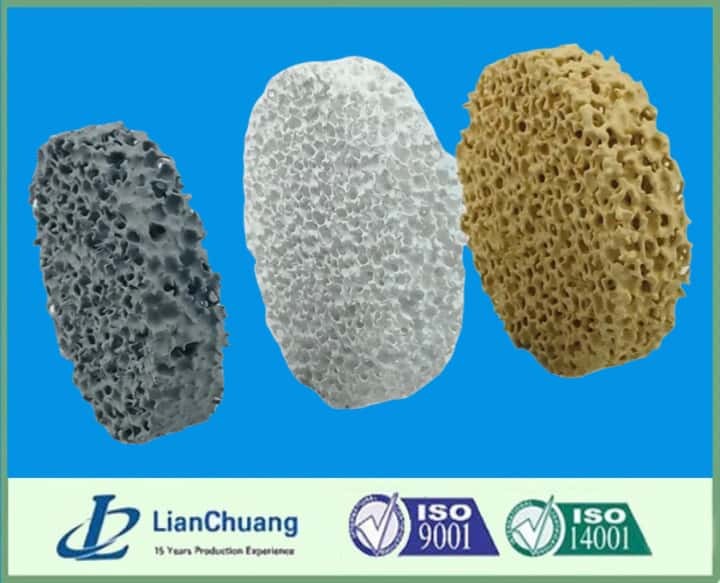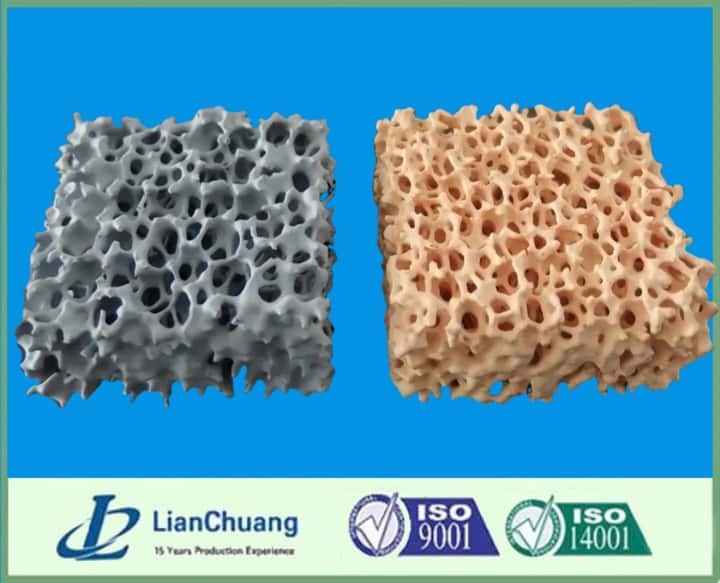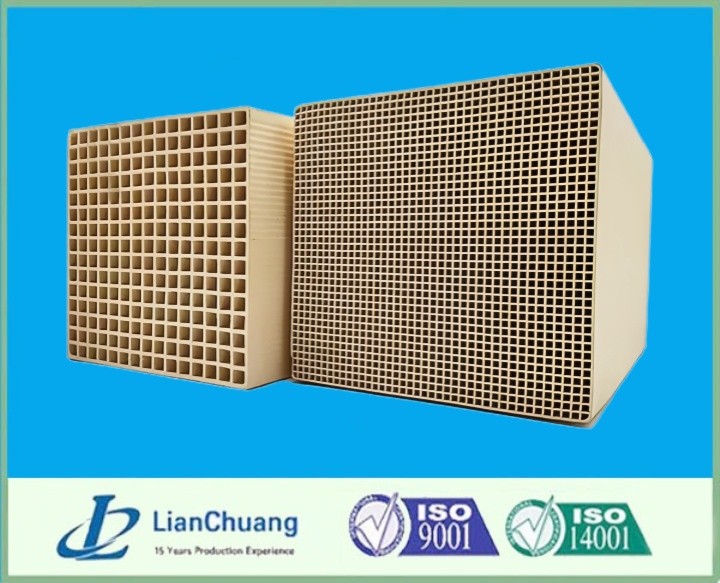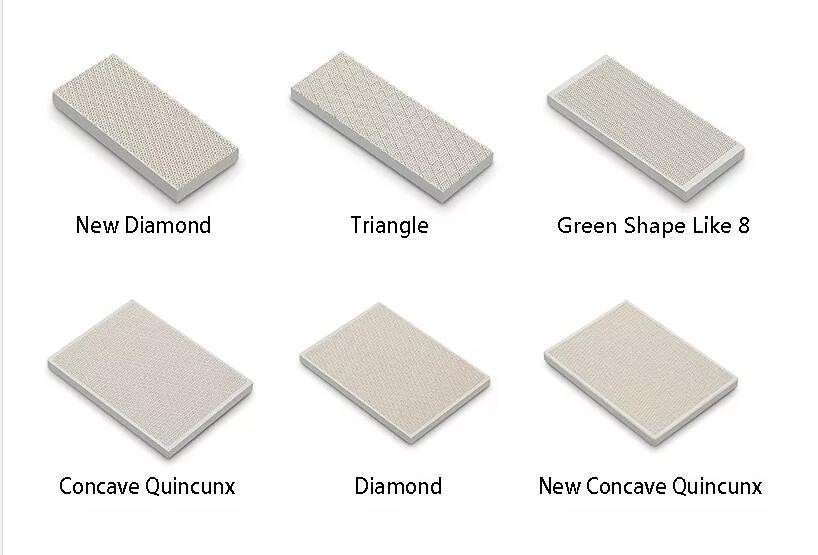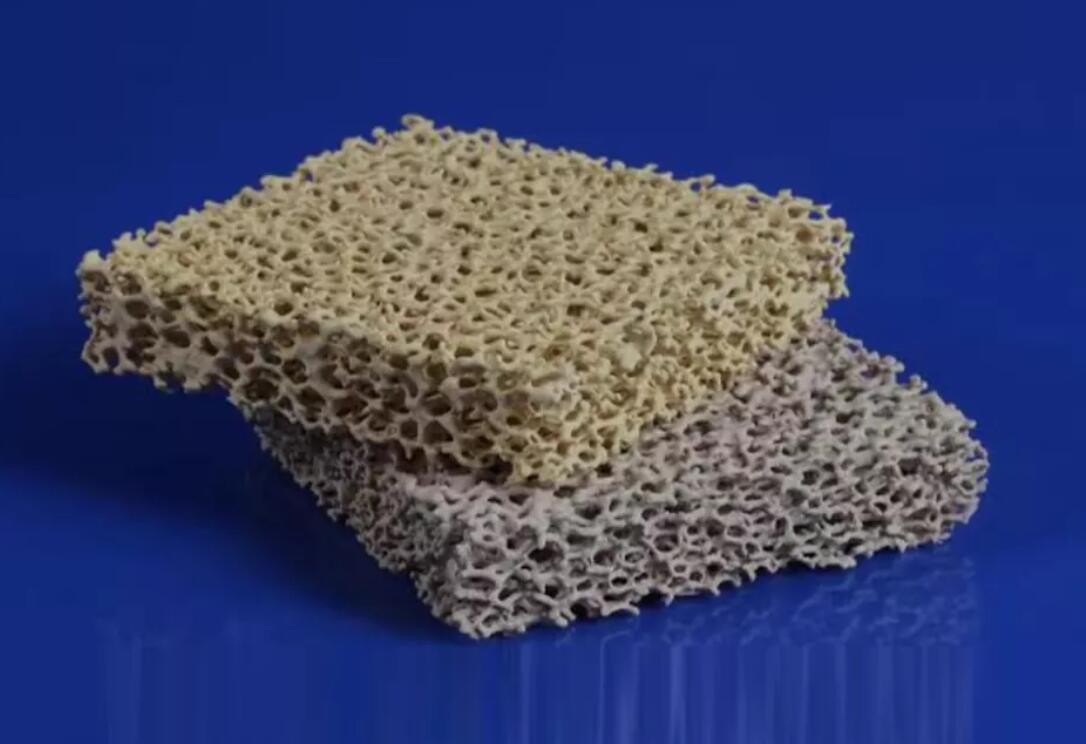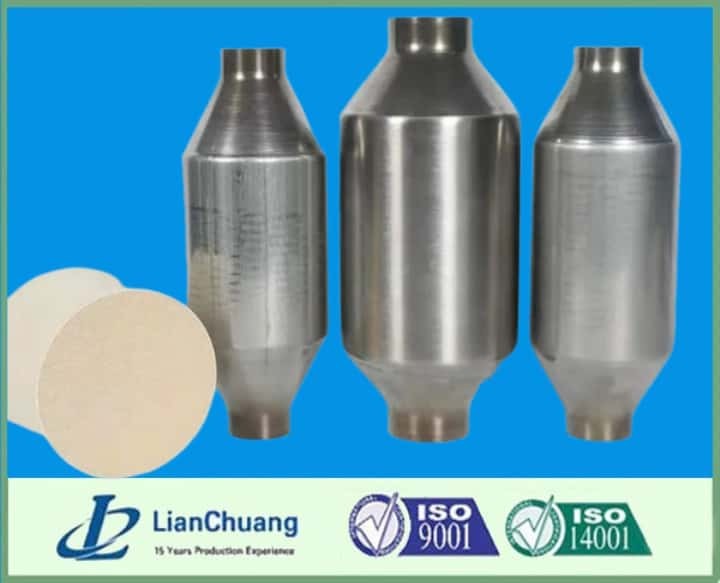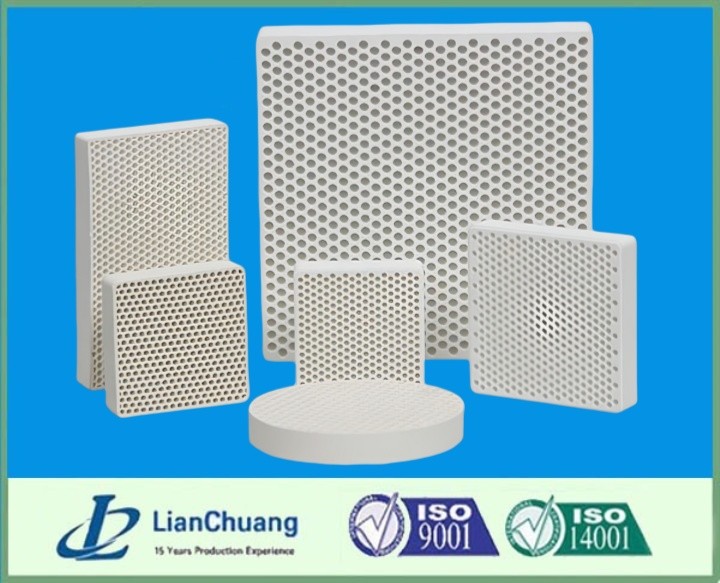Product Description
Activated carbon honeycomb is a specialized type of activated carbon designed with a unique honeycomb structure. It is widely used for industrial gas purification due to its large surface area and efficient adsorption properties. This material is commonly made from high-quality coal, coconut shells, wood, or mixed activated carbon powder, shaped and processed through molding, carbonization, and activation stages.
The term “activated carbon honeycomb” comes from its distinct three-dimensional mesh or honeycomb-like pore structure. This configuration not only enhances its adsorption capacity but also significantly reduces airflow resistance, making it ideal for air and gas filtration systems.
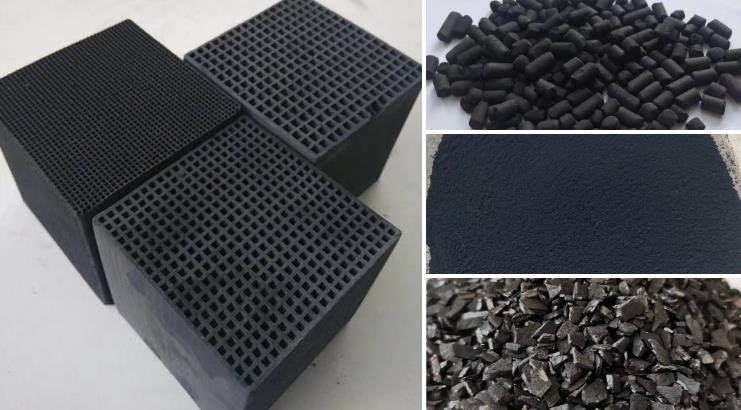
Raw Materials and Structure Features
Activated carbon honeycomb is produced using top-grade raw materials such as coconut shell, peach shell, walnut shell, jujube shell, and other fruit shells. These environmentally friendly sources offer superior adsorption characteristics and mechanical stability. The resulting honeycomb material consists of both micropores and mesopores, which enable the adsorption of a broad spectrum of pollutants including organic gases, odorous compounds, and some inorganic substances.
Thanks to its high mechanical strength, excellent regeneration ability, and efficient adsorption performance, activated carbon honeycomb is now widely used in air purification, chemical processing, and water treatment systems.
Types of Activated Carbon Honeycomb
- Square activated carbon honeycomb
- Round activated carbon honeycomb
- Rectangular activated carbon honeycomb
- Irregular custom-shaped activated carbon honeycomb
Custom dimensions are available, including 100×100×100 mm and 50×50×50 mm, based on application requirements.
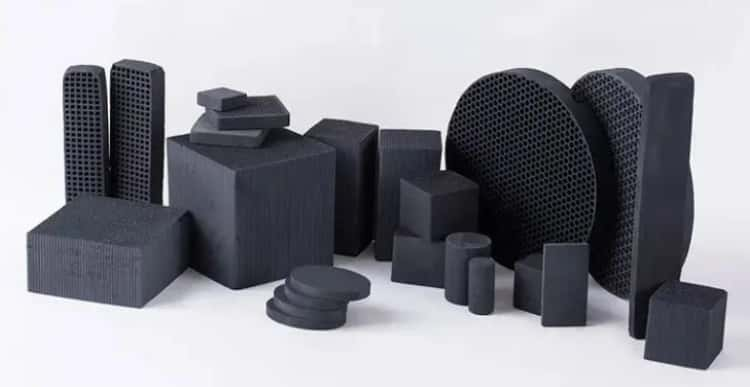
Technical Specifications
- Iodine adsorption value: 600–1000 mg/g
- Specific surface area: 700–1050 m²/g
- CPSI (cells per square inch): 100–200
- Moisture content: 3–6%
- Wall thickness: 1–1.5 mm
- Benzene adsorption rate: 30–60%
- Wind tower airflow speed: 0.8 m/s
Common Applications of Activated Carbon Honeycomb
- It is suitable for removing impurities from cola, wine, juice, and other beverages.
- It performs exceptionally well in the treatment of tap water and sewage due to its porous structure and strong decolorization ability.
- It is used for purifying and deodorizing highly pigmented solutions in sugar refining, food additives, chemical auxiliaries, fuel intermediates, and pharmaceuticals.
- Activated carbon honeycomb also plays an essential role in amino acid production, including products like sodium glutamate and phenylalanine, where it is used for decolorization and odor removal.
- It is effective in refining and purifying raw materials in the pharmaceutical sector, particularly in injection-grade solutions and vitamin synthesis.
- The honeycomb structure also supports use in wastewater treatment, especially for electroplating effluents such as chromium and cyanide wastewater.
Conclusion
Activated carbon honeycomb is a powerful and reliable solution for a wide range of purification challenges. Whether used in air filtration, chemical processes, food-grade applications, or wastewater treatment, this structured carbon material offers high performance with a customizable profile. By incorporating activated carbon honeycomb into industrial systems, users can achieve cleaner outputs, lower emissions, and more sustainable operations.
